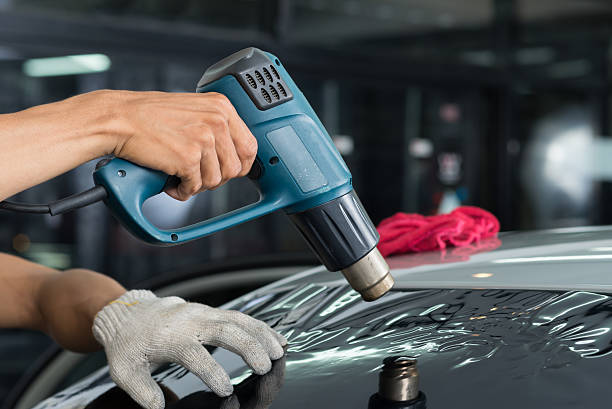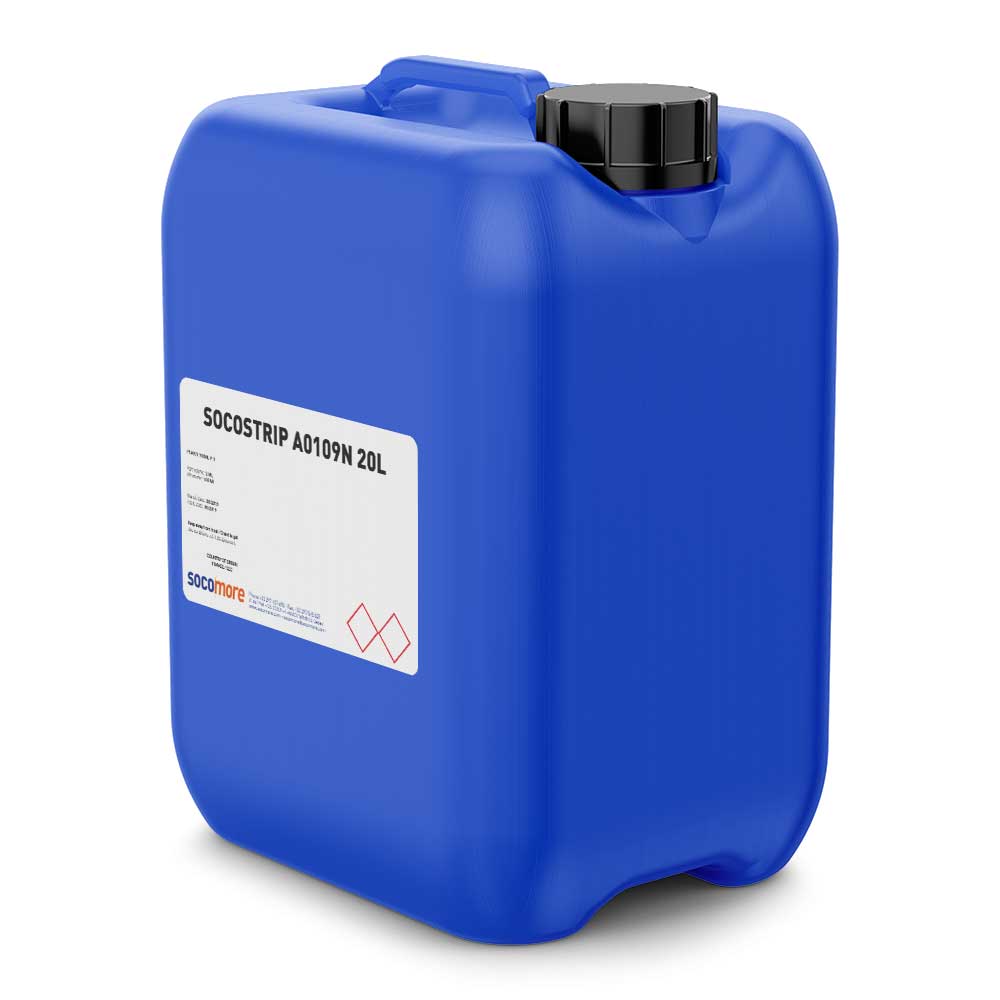Removing paint from wood can be a daunting and time-consuming task, but it doesn’t have to be! With a little elbow grease and the right products, you can have your wood surfaces looking good as new in no time. Here’s a step-by-step guide on how to remove paint from wood without sanding.
Method 1: Heat Gun

You can use a heat gun to remove paint from wood without sanding. This method is best for small projects like removing paint from trim or molding. Here’s how to do it:
- Set the heat gun to low and hold it 6-8 inches away from the surface of the wood.
- Slowly move the heat gun back and forth over the area until the paint starts to blister and peel.
- Use a putty knife or scraper to remove the blistered paint.
- Repeat steps 2-3 until all the paint has been removed.
- Use a cloth dipped in denatured alcohol to remove any residual paint stripper or thinner.
- Let the area dry completely before painting or staining.
Method 2: Paint Stripper
Paint strippers are chemical compounds that are used to remove paint, varnish, and other finishes from wood surfaces. Paint strippers come in both liquid and gel form, and they work by softening the finish so that it can be scraped off easily.
Here’s how to use a paint stripper to remove paint from wood without sanding:
- Apply a thick layer of stripper to the surface with a brush or roller, making sure to work in small sections so that the stripper doesn’t dry out before you have a chance to remove the finish.
- Wait 10-15 minutes for the stripper to work its magic, then use a putty knife or scraper to scrape off the softened finish.
- Repeat steps 1-2 until all the paint has been removed.
- Use a cloth dipped in denatured alcohol to remove any residual paint stripper or thinner.
- Let the area dry completely before painting or staining.
Method 3: Chemical Stripper

Chemical strippers are similar to paint strippers, but they’re usually stronger and more effective on multiple layers of finish. Here’s how to use a chemical stripper to remove paint from wood without sanding.
- Pour some chemical stripper into a metal tray.
- Use an old brush or roller to apply the stripper in small sections, working quickly so that it doesn’t have a chance to dry out.
- Wait 10-15 minutes for the chemical stripper to do its thing, then use a putty knife or scraper to scrape off the softened finish.
- Rinse away any residue with clean water and let the area dry completely before painting or staining.
- Dispose of any leftover chemical stripper according to local regulations.
Method 4: Use a Putty Knife

- Start by removing any loose paint chips from the surface of the wood. Use a putty knife or other sharp tool to scrape away any flaking or peeling paint. Be careful not to damage the wood beneath the paint.
- Once all the loose paint has been removed, it’s time to start working on the tougher stuff. Begin by applying a generous amount of paint stripper to the surface of the wood. Make sure to follow the instructions on the product label carefully.
- Allow the stripper to sit for the recommended amount of time before using a putty knife or other scraping tool to remove it. You may need to apply multiple coats of stripper to completely remove all the paint.
- Once all the paint has been removed, wipe down the surface with a damp cloth to remove any residue. Allow the surface to dry completely before proceeding to the next step.
- If there are any stubborn paint stains remaining, you can try using nail polish remover or rubbing alcohol. Apply either of these products directly to the stain and use a scrub brush to work it into the wood. Rinse away with water and allow the area to dry completely before proceeding.
Related Topic: How To Fix Dog Scratches On Wood Door? 6 Methods
Removing Paint Without Damaging Wood Finish
Removing paint without damaging the wood finish may sound like a daunting task, but with the proper tools and techniques, it can easily be achieved. Start by sanding the area with 120-180 grit sandpaper.
If this doesn’t work, try using a chemical remover such as a Gel Stripper or Paint and Varnish Remover (follow instructions very carefully). Finally, you could use an Eco-friendly remover such as Citristrip, which is safe to use inside because it doesn’t contain any harsh chemicals or fumes.
Whatever method you decide to use, make sure to always wear eye protection and protective gloves when dealing with removing paint, as safety should always come first!
Conclusion
Removing paint from wood doesn’t have to be a difficult or time-consuming task! With a little patience and elbow grease, you can have your surfaces looking good as new in no time at all. Just follow these simple steps and you’ll be on your way in no time!
Related Topics:
FAQs
Does vinegar remove paint from wood?
Vinegar can be surprisingly effective at removing paint from wood surfaces. Typically, a 50-50 mix of vinegar and warm water is all that’s required to loosen the paint’s bond with the wood surface. A small brush will help to rub away the loosened paint and reveal the fresh wood below.
If needed, depending on how stubborn the paint is, multiple treatments may be necessary before it is completely removed.
How do you remove paint without a sander?
One way to remove paint without a sander is to use a paint stripper. You can apply the stripper with a brush or roller, and then wait for it to work. Once the paint has loosened, you can scrap it off with a putty knife.
What naturally removes paint?
Paint can be difficult to remove, but there are natural methods that can help. Lemon juice and baking soda are both powerful agents capable of removing paint. For the lemon juice, you’ll need to dilute it with water and use a cleaning cloth to scrub the paint–this works best on glossy surfaces.
Baking soda is also effective when combined with warm water, creating a paste for scrubbing away the paint. Both methods should be used carefully, as they can harm certain surfaces or damage existing paintwork if overused or not rinsed properly.
What is the fastest paint remover?
The quickest and most effective way to remove paint is to use a chemical paint remover. It eliminates the need for tedious and laborious scraping and can strip away even the toughest, most stubborn layers of paint in minutes.
The key is to find a product that contains a combination of two active ingredients: ethylene chloride for the quick removal of glossy surfaces, and methylene chloride for removing alkyd paints. Using such a product can drastically reduce the amount of time required for completing your painting project.
What is the best tool to remove paint?
When it comes to removing paint from surfaces, an electric heat gun is one of the best solutions. It is fast and efficient, capable of melting through multiple layers of paint in one go.
The gun also allows you to control the temperature so that you don’t cause any damage to the surface underneath. For those who aren’t comfortable with a heat gun, chemical strippers are a great alternative – just be sure to read and follow all instructions carefully for safe use.

First of all I would like to say fantastic blog!
I had a quick question in which I’d like to ask if you do not mind.
I was interested to find out how you center yourself and clear
your mind prior to writing. I’ve had a hard time clearing my mind in getting my thoughts out.
I truly do take pleasure in writing but it just seems like the first 10 to 15 minutes
are usually lost just trying to figure out how
to begin. Any suggestions or hints? Cheers!
I do not even understand how I finished up here, but I believed this post was once good.
I do not know who you’re however certainly you are going to a famous blogger
should you are not already. Cheers!